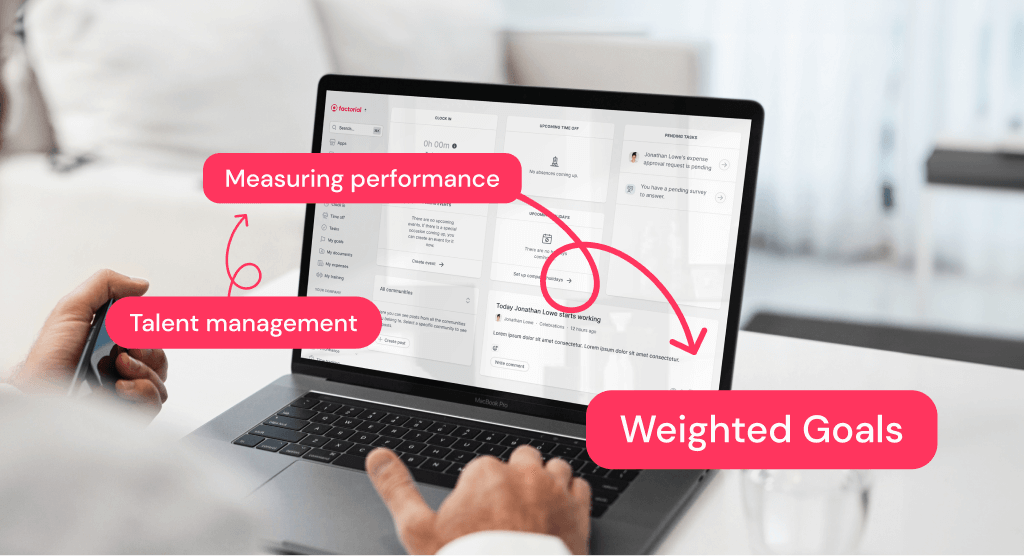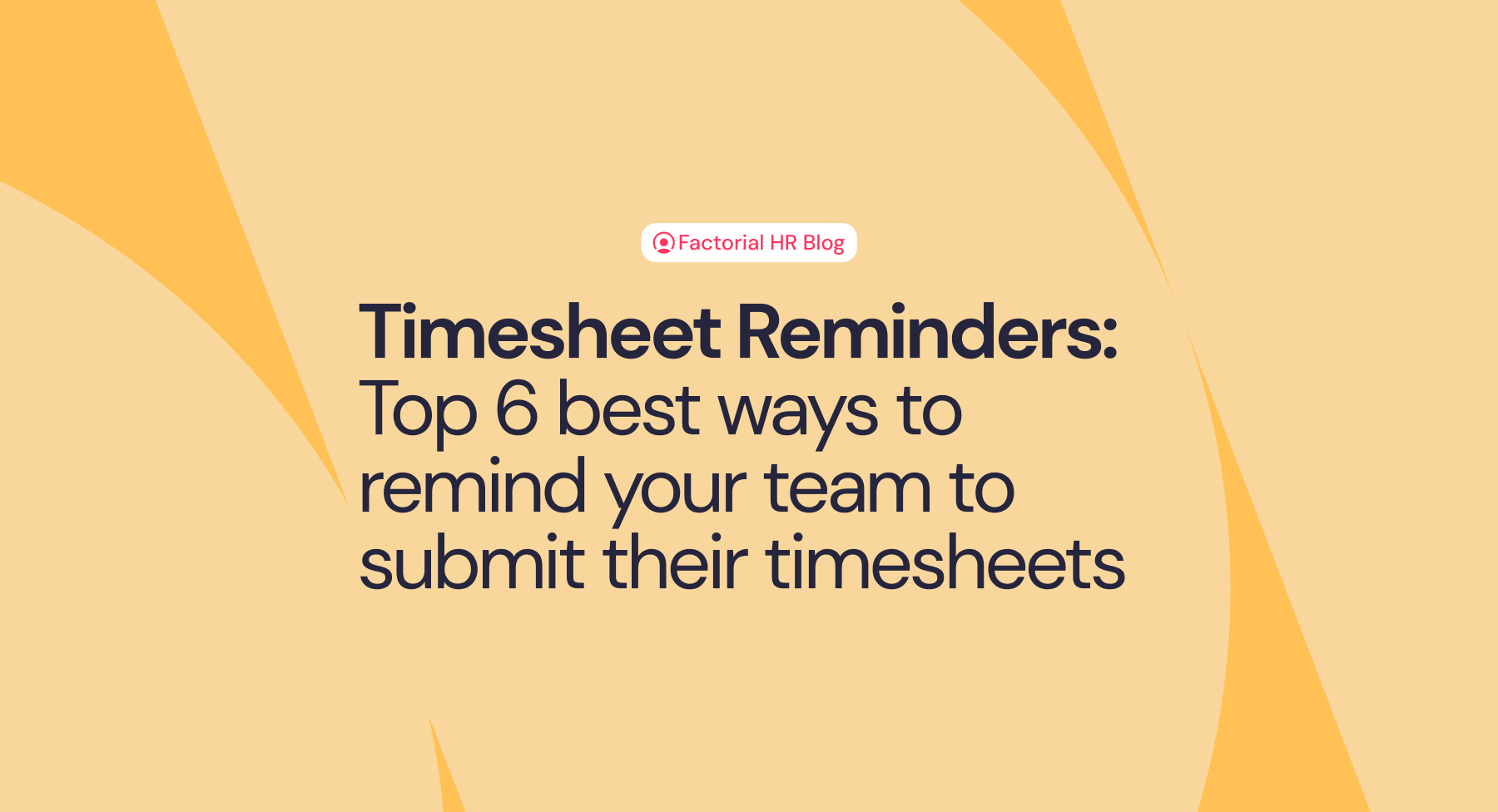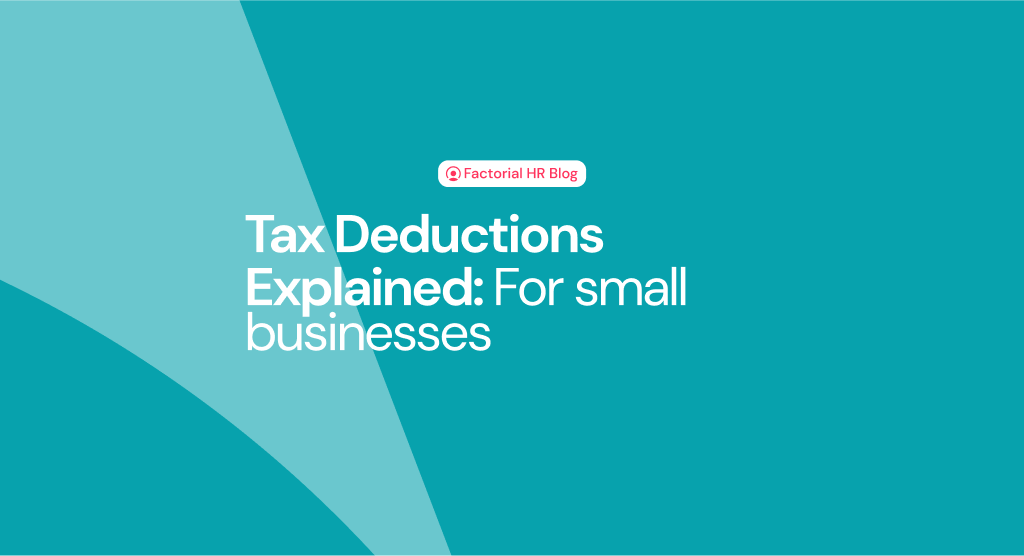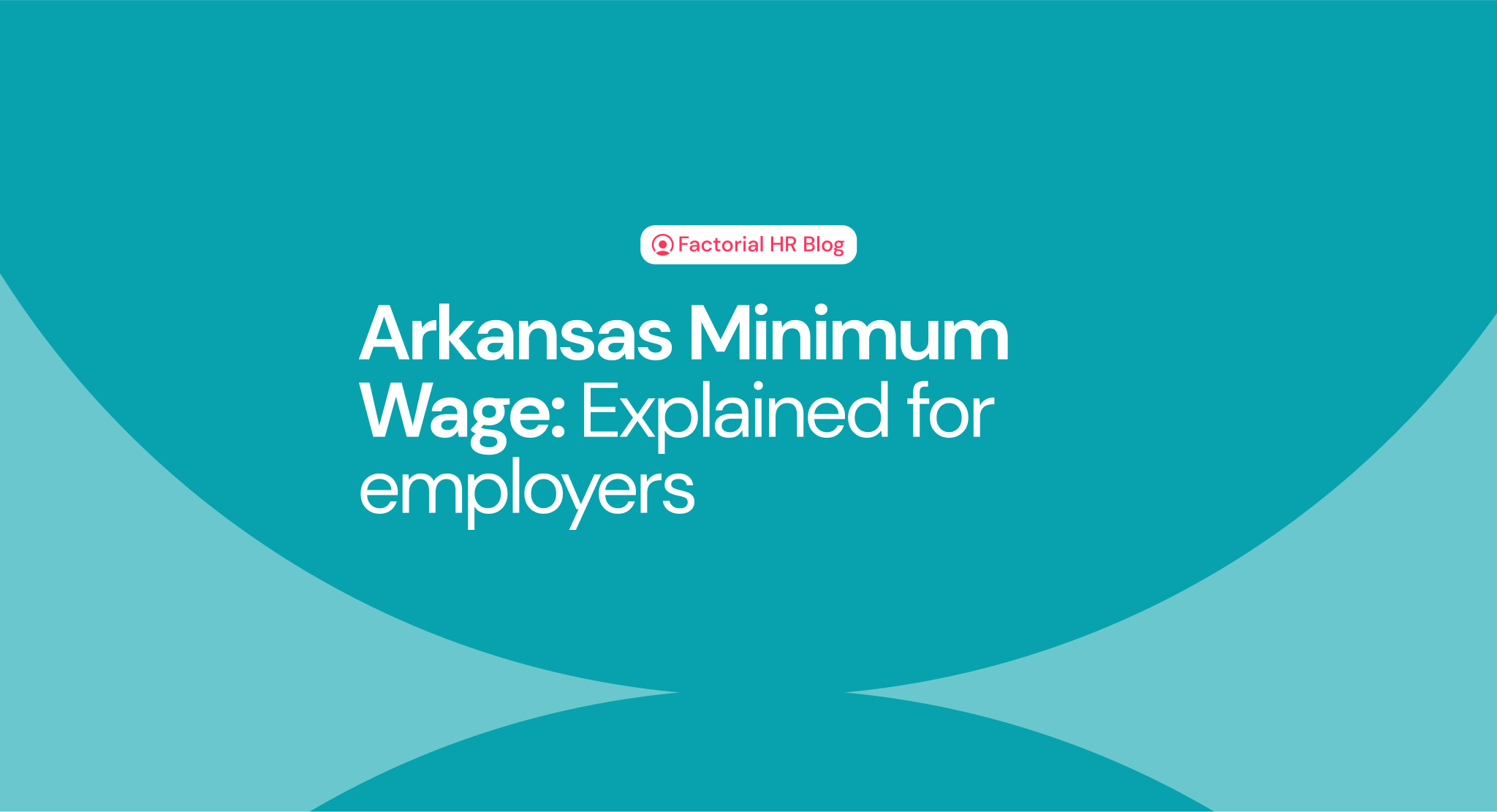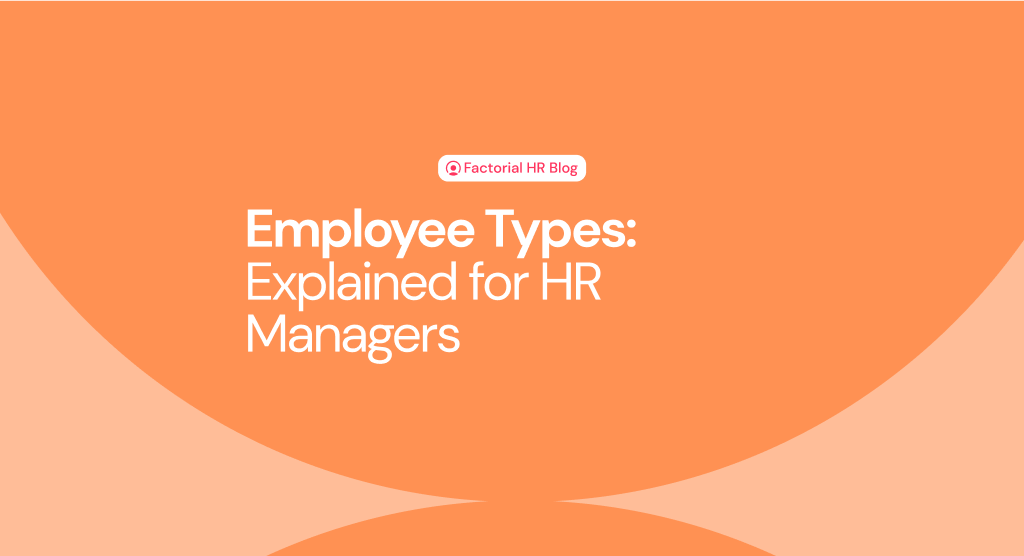The purpose of meetings is to collaborate, make decisions, and move forward. Yet without proper structure and direction, they can often feel time-consuming and unproductive. Effective meetings are guided by a well-crafted agenda.
The purpose of meeting agendas and how to create the perfect one for your specific needs will be explored in this comprehensive guide. Whatever your level of meeting organizing, you’ll find valuable tips on how to make your meetings more productive and purposeful by designing a well-designed meeting agenda.
Make your meetings productive and meaningful by turning them into mundane gatherings.
TABLE OF CONTENTS
- What Is a Meeting Agenda
- The Perfect Meeting Agenda: How to Write One
- Meeting Agenda Examples
- Measuring Meeting Agenda Effectiveness
- Internal Communication Software ✅

What is a Meeting Agenda
Meeting agendas are blueprints of how a meeting will be run. They include discussion topics, objectives, timetables, presenters, supplementary materials, and key talking points. It’s usually distributed in advance to everyone so they can get ready.
Meeting agendas play an important role in the phases leading up to, during, and after a meeting, so mastering the art of crafting one is important.
An agenda sets expectations before a meeting and helps you prepare. During the meeting, it keeps you focused, introduces structure, optimizes time use, and maintains focus. After the meeting is over, the agenda can be a great resource for summarizing what happened or drafting meeting minutes.
-
Establishing Clear Purpose: It gives the meeting a sense of purpose and guides its direction.
-
Maintaining Focus: You keep the conversation on track and avoid tangential discussions.
-
Defining Responsibilities: A well-organized meeting requires assigning responsibilities and tasks.
-
Effective Time Management: The structured format makes it easier to manage time and make sure everything gets done on time.
-
Comprehensive Coverage: Ensures that critical issues don’t get missed by systematically covering essential topics.
-
Expectation Clarity: By creating an agenda, everyone knows what to expect and who to blame.
-
Time Savings: Organizes and streamlines meetings to minimize wasted time.
-
Prepared Participants: Participants can arrive prepared and contribute meaningfully if they know the agenda in advance.
The Perfect Meeting Agenda: How to Write One
Meeting agendas should be well-structured, clearly communicate the meeting’s purpose, and vary in detail.
This is what the perfect meeting agenda includes, please, take notes and write down all the information that applies to your own meeting agenda.
The meeting’s theme
Determine the meeting’s theme and its type. Think about the goal of the meeting and the stakeholders who are going to participate. These are some of the most common types of meetings:
- Team meeting
- Follow-up meeting
- OKRs meeting
- Project kickoff meeting
- Brainstorming meeting
- Feedback meeting
- Onboarding meeting
- Agile meeting
- Scrum meeting
A list of discussion topics
Make sure topics align with the meeting’s theme and goals. Don’t overload the agenda with too many, and consult your participants for feedback on the discussion topics.
For example, after establishing a clear topic for the meeting, a stakeholder might want to talk about something important different than the topic. Then, you must adapt without getting too far away from the main topic. Always, remember to go back to the central topic.
Topic-specific time allocations
Keeping meetings efficient means setting time limits for each agenda item.
Make sure the discussion stays within the agenda’s time limit during their allotted time to make the most out of the meeting’s time.
It’s your responsibility to guide the conversation, so if somebody has 5 minutes left, let them know, and move on to the next topic.
Documentation for the meeting agenda
In advance of the meeting, identify and list any important documents, such as slides, data, project details, or previous minutes. Make sure relevant team members are aware of their document responsibilities. Therefore, when they are to present, they will have the right information, the right format, and the right document ready.
To maintain consistency and alignment with the company’s brand guidelines and process structure, this step is crucial.
Suppose several people were using different tools to present similar information. If we can’t agree on the basics, could we agree on anything else?
Time for an open discussion and overview
After we discussed everything, now is the time to wrap up. To do that, do a brief summary, and then open the discussion to questions from anyone. The duration of the discussion will vary depending on the amount of time left.
The meeting’s goal should determine the questions you should prepare beforehand for this part. You might want to prepare some relevant questions.
For example, if the goal is to review Q3 results, it will be helpful to do your own research on what metrics are more relevant for the Q3 and the stakeholders.
Meeting Agenda Examples
Let’s review some common questions of a meeting agenda together, just to give you an idea of what these might be. These are the basics and would need to be adapted for your particular case.
1-on-1 meeting agenda with manager example
AGENDA
– 1 hour
In the past month, what was your highlight at work? (10 min)
What are your goals and how do you feel about them? (10 min)
Are there any aspects of your work that are harder than they should be? (10 min)
Is there anything I can do to improve your experience with my presence/support? (10 min)
Would there be one thing I could try differently this month to make sure I help you more? (10 min)
Do you have any other concern you would like to bring to the table? (10 min)
All hands meeting agenda example
AGENDA
– 1:45 hours
State-of-things (30 mins)
Relevant metrics (15 mins)
Vision for the future (15 mins)
News and updates regarding stakeholders (15 mins)
Important reminders (15 mins)
Ask anything (15 mins)
Project management meeting agenda example
– 50 mins
Objectives (5 min)
Roundtable discussion on project updates (20 minutes)
Obstacles and risks (10 min)
Deadlines and major milestones (10 min)
Budget (5 min)
Measuring Meeting Agenda Effectiveness
Here’s how you can measure a meeting agenda’s effectiveness:
1. Evaluation and Identification
-
Assess your meeting agenda to identify gaps and issues in its design and execution.
-
Determine if the agenda is too vague, ambitious, or rigid, and make necessary revisions to enhance its relevance, realism, and flexibility.
2. Demonstrating Value
-
Show how the agenda aligns with your organization’s strategy, mission, and vision.
-
Demonstrate tangible results and benefits derived from the agenda.
3. Gathering Feedback
-
Collect feedback from participants through surveys, interviews, or observations.
-
Evaluate clarity, relevance, structure, timing, and outcomes of the agenda.
4. Observation and Interaction
-
Observe participant behavior and interaction to assess engagement and attentiveness.
5. Tools and Techniques
-
Utilize tools like SWOT analysis to identify strengths, weaknesses, opportunities, and threats.
-
Apply SMART criteria to ensure the agenda is specific, measurable, achievable, relevant, and time-bound.
6. Improvement Actions
-
Based on evaluation results, identify areas for improvement.
-
Review and align meeting objectives with team and organizational goals.
-
Simplify and streamline agenda structure and content, eliminating redundancies.
-
Optimize meeting time and allocate resources effectively.
-
Encourage active participation and collaboration by assigning roles and fostering a positive atmosphere.
-
Follow up and monitor meeting outcomes, document decisions, and track progress.
Simplify HR to Boost Your Business with Factorial
Save time and money by automating your HR processes: PTO, Time off, Document manager, HR Reports, Recruitment, Performance, Payroll, Expenses & more!


